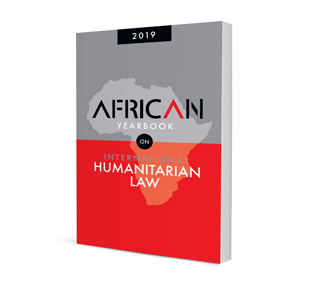Peacekeepers and sexual violence: The disjuncture between domestication and implementation

Peacekeepers and sexual violence: The disjuncture between domestication and implementation
Authors: Ntemesha Maseka and David Abrahams
ISSN: 2521-2621
Affiliations: LLB LLM (cum laude). LLD Candidate, Nelson Mandela University; BJuris LLB LLM (UPE) LLM (UNIGE, Switzerland)
Source: African Yearbook on International Humanitarian Law, 2019, p. 1 – 24
Abstract
Sexual exploitation and abuse by United Nations peacekeepers are prevalent in contemporary armed conflicts. Peacekeepers who commit these crimes against the local population do so with impunity. This article grapples with whether a lacuna in the existing law causes the impunity and thus lack of accountability of peacekeepers who commit such acts. International humanitarian law absolutely prohibits sexual violence at all times and against anyone. Moreover, sexual violence as a violation of international humanitarian law constitutes a war crime. There is a complex relationship between international and national law applicable to peacekeepers when they commit a crime, however, the law, at least in the South African case, is not deficient.
